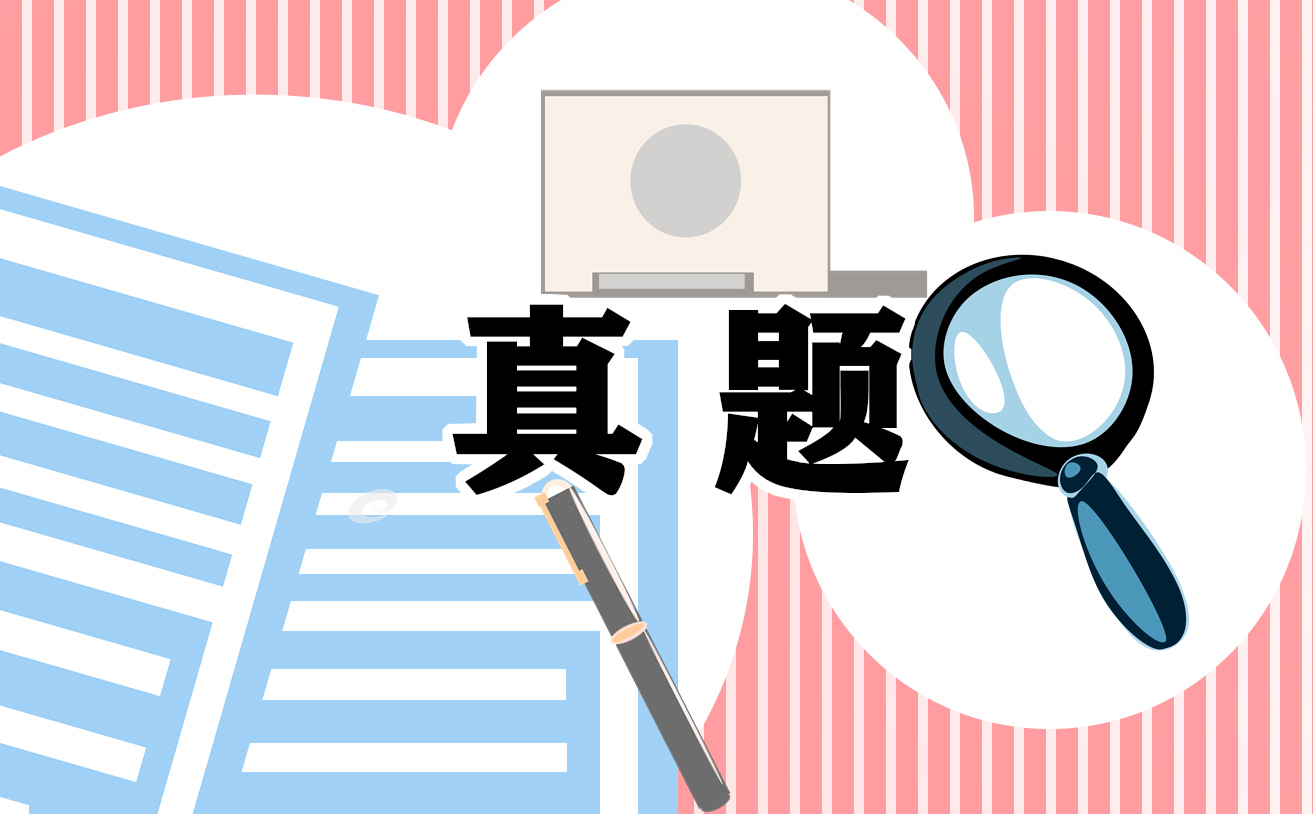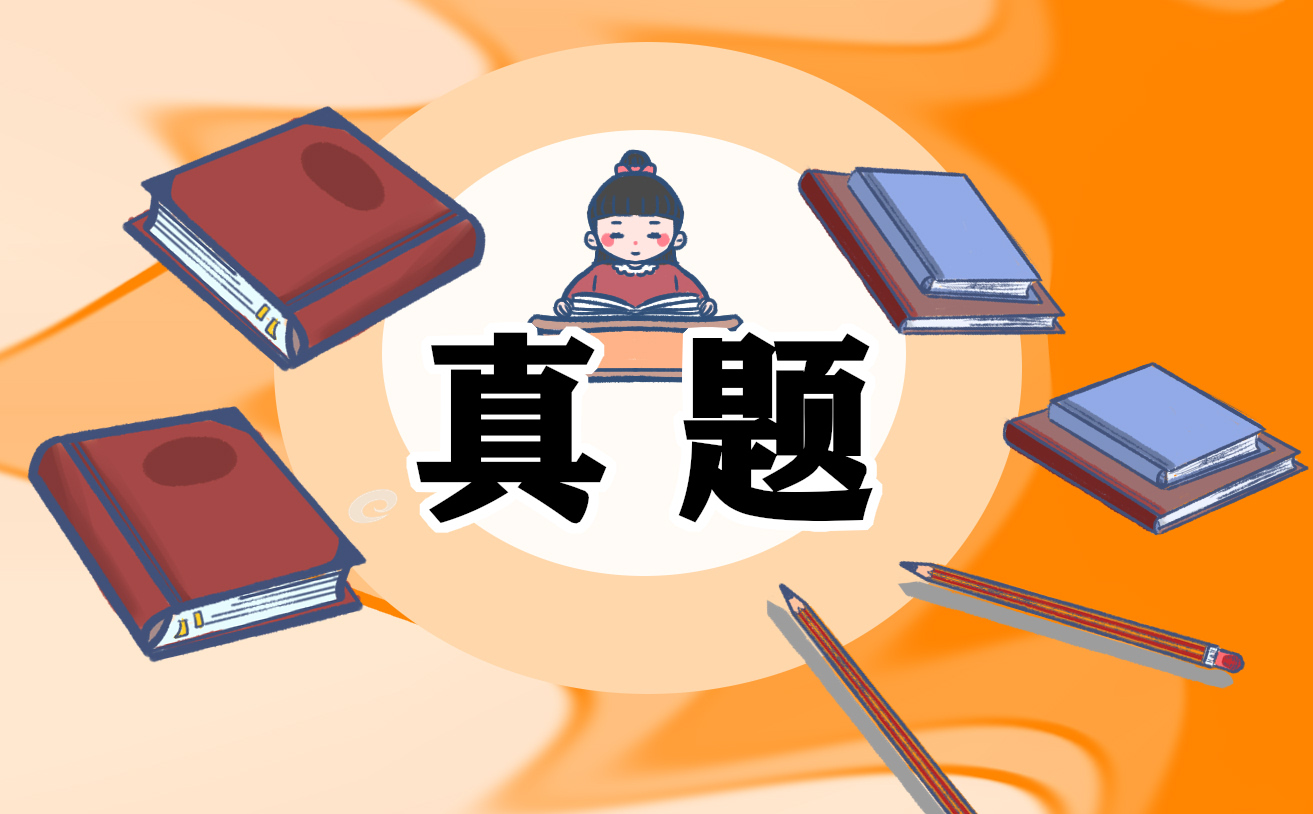要能够对英语句子的构成进行熟练划分,那么对于主干结构和修饰成分、三大从句(定语从句、状语从句、名词性从句)及特殊结构。下文是小编为你精心编辑整理的英一考研作文真题阅读理解,希望对你有所帮助,更多内容,请点击相关栏目查看,谢谢!
英一考研作文真题阅读理解1
King Juan Carlos of Spain once insisted"kings don't abdicate, they die in their sleep." But embarrassing scandals and the popularity of the republicans left in the recent Euro-elections have forced him to eat his words and stand down. So, does the Spanish crisis suggest that monarchy is seeing its last days? Does that mean the writing is on the wall for all European royals, with their magnificent uniforms and majestic lifestyles?
The Spanish case provides arguments both for and against monarchy. When public opinion is particularly polarized, as it was following the end of the France regime, monarchs can rise above "mere" polities and "embody" a spirit of national unity.
It is this apparent transcendence of polities that explains monarchy's continuing popularity as heads of state. And so, the Middle East expected, Europe is the most monarch-infested region in the world, with 10 kingdoms (not counting Vatican City and Andorra). But unlike their absolutist counterparts in the Gulf and Asia, most royal families have survived because they allow voters to avoid the difficult search for a non-controversial but respected public figure.
Even so, kings and queens undoubtedly have a downside. Symbolic of national unity as they claim to be, their very history-and sometimes the way they behave today-embodies outdated and indefensible privileges and inequalities. At a time when Thomas Piketty and other economists are warming of rising inequality and the increasing power of inherited wealth, it is bizarre that wealthy aristocratic families should still be the symbolic heart of modern democratic states.
The most successful monarchies strive to abandon or hide their old aristocratic ways. Princes and princesses have day-jobs and ride bicycles, not horses (or helicopters). Even so, these are wealthy families who party with the international 1%, and media intrusiveness makes it increasingly difficult to maintain the right image.
While Europe's monarchies will no doubt be smart enough to survive for some time to come, it is the British royals who have most to fear from the Spanish example.
It is only the Queen who has preserved the monarchy's reputation with her rather ordinary (if well-heeled) granny style. The danger will come with Charles, who has both an expensive taste of lifestyle and a pretty hierarchical view of the world. He has failed to understand that monarchies have largely survived because they provide a service-as non-controversial and non-political heads of state. Charles ought to know that as English history shows, it is kings, not republicans, who are the monarchy's worst enemies.
21. According to the first two paragraphs, King Juan Carlos of Spain
[A]eased his relationship with his rivals.
[B]used to enjoy high public support.
[C]was unpopular among European royals.
[D]ended his reign in embarrassment.
22. Monarchs are kept as head of state in Europe mostly
[A]to give voters more public figures to look up to.
[B]to achieve a balance between tradition and reality.
[C]owing to their undoubted and respectable status.
[D]due to their everlasting political embodiment.
23. Which of the following is shown to be odd, according to Paragraph 4?
[A] The role of the nobility in modern democracies.
[B] Aristocrats' excessive reliance on inherited wealth.
[C] The simple lifestyle of the aristocratic families.
[D] The nobility's adherence to their privileges.
24. The British royals "have most to fear" because Charles
[A]takes a tough line on political issues.
[B]fails to change his lifestyle as advised.
[C]takes republicans as his potential allies.
[D]fails to adapt himself to his future role.
25. Which of the following is the best title of the text?
[A]Carlos, Glory and Disgrace Combined
[B]Charles, Anxious to Succeed to the Throne
[C]Charles, Slow to React to the Coming Threats
[D]Carlos, a Lesson for All European Monarchs
英一考研作文真题阅读理解2
Among the annoying challenges facing the middle class is one that will probably go unmentioned in the next presidential campaign: What happens when the robots come for their jobs?
Don't dismiss that possibility entirely. About half of U.S. jobs are at high risk of being automated, according to a University of Oxford study, with the middle class disproportionately squeezed. Lower-income jobs like gardening or day care don't appeal to robots. But many middle-class occupations-trucking, financial advice, software engineering — have aroused their interest, or soon will. The rich own the robots, so they will be fine.
This isn't to be alarmist. Optimists point out that technological upheaval has benefited workers in the past. The Industrial Revolution didn't go so well for Luddites whose jobs were displaced by mechanized looms, but it eventually raised living standards and created more jobs than it destroyed. Likewise, automation should eventually boost productivity, stimulate demand by driving down prices, and free workers from hard, boring work. But in the medium term, middle-class workers may need a lot of help adjusting.
The first step, as Erik Brynjolfsson and Andrew McAfee argue in The Second Machine Age, should be rethinking education and job training. Curriculums —from grammar school to college- should evolve to focus less on memorizing facts and more on creativity and complex communication. Vocational schools should do a better job of fostering problem-solving skills and helping students work alongside robots. Online education can supplement the traditional kind. It could make extra training and instruction affordable. Professionals trying to acquire new skills will be able to do so without going into debt.
The challenge of coping with automation underlines the need for the U.S. to revive its fading business dynamism: Starting new companies must be made easier. In previous eras of drastic technological change, entrepreneurs smoothed the transition by dreaming up ways to combine labor and machines. The best uses of 3D printers and virtual reality haven't been invented yet. The U.S. needs the new companies that will invent them.
Finally, because automation threatens to widen the gap between capital income and labor income, taxes and the safety net will have to be rethought. Taxes on low-wage labor need to be cut, and wage subsidies such as the earned income tax credit should be expanded: This would boost incomes, encourage work, reward companies for job creation, and reduce inequality.
Technology will improve society in ways big and small over the next few years, yet this will be little comfort to those who find their lives and careers upended by automation. Destroying the machines that are coming for our jobs would be nuts. But policies to help workers adapt will be indispensable.
21.Who will be most threatened by automation?
[A] Leading politicians.
[B]Low-wage laborers.
[C]Robot owners.
[D]Middle-class workers.
22 .Which of the following best represent the author’s view?
[A] Worries about automation are in fact groundless.
[B]Optimists' opinions on new tech find little support.
[C]Issues arising from automation need to be tackled
[D]Negative consequences of new tech can be avoided
23.Education in the age of automation should put more emphasis on
[A] creative potential.
[B]job-hunting skills.
[C]individual needs.
[D]cooperative spirit.
24.The author suggests that tax policies be aimed at
[A] encouraging the development of automation.
[B]increasing the return on capital investment.
[C]easing the hostility between rich and poor.
[D]preventing the income gap from widening.
25.In this text, the author presents a problem with
[A] opposing views on it.
[B]possible solutions to it.
[C]its alarming impacts.
[D]its major variations.
英一考研作文真题阅读理解3
In the 2006 film version of The Devil Wears Prada ,Miranda Priestly, played by Meryl Streep, scolds her unattractive assistant for imagining that high fashion doesn’t affect her, Priestly explains how the deep blue color of the assistant’s sweater descended over the years from fashion shows to departments stores and to the bargain bin in which the poor girl doubtless found her garment.
This top-down conception of the fashion business couldn’t be more out of date or at odds with the feverish would described in Overdressed, Eliazabeth Cline’s three-year indictment of “fast fashion”. In the last decade or so ,advances in technology have allowed mass-market labels such as Zara ,H&M, and Uniqlo to react to trends more quickly and anticipate demand more precisely. Quicker turnarounds mean less wasted inventory, more frequent release, and more profit. These labels encourage style-conscious consumers to see clothes as disposable-meant to last only a wash or two, although they don’t advertise that –and to renew their wardrobe every few weeks. By offering on-trend items at dirt-cheap prices, Cline argues, these brands have hijacked fashion cycles, shaking an industry long accustomed to a seasonal pace.
The victims of this revolution , of course ,are not limited to designers. For H&M to offer a $5.95 knit miniskirt in all its 2,300-pius stores around the world, it must rely on low-wage overseas labor, order in volumes that strain natural resources, and use massive amounts of harmful chemicals.
Overdressed is the fashion world’s answer to consumer-activist bestsellers like Michael Pollan’s The Omnivore’s Dilemma. “Mass-produced clothing ,like fast food, fills a hunger and need, yet is non-durable and wasteful,” Cline argues. Americans, she finds, buy roughly 20 billion garments a year – about 64 items per person – and no matter how much they give away, this excess leads to waste.
Towards the end of Overdressed, Cline introduced her ideal, a Brooklyn woman named Sarah Kate Beaumont, who since 2008 has made all of her own clothes – and beautifully. But as Cline is the first to note, it took Beaumont decades to perfect her craft; her example can’t be knocked off.
Though several fast-fashion companies have made efforts to curb their impact on labor and the environment – including H&M, with its green Conscious Collection line –Cline believes lasting change can only be effected by the customer. She exhibits the idealism common to many advocates of sustainability, be it in food or in energy. Vanity is a constant; people will only start shopping more sustainably when they can’t afford not to.
21. Priestly criticizes her assistant for her
[A] poor bargaining skill.
[B] insensitivity to fashion.
[C] obsession with high fashion.
[D] lack of imagination.
22. According to Cline, mass-maket labels urge consumers to
[A] combat unnecessary waste.
[B] shut out the feverish fashion world.
[C] resist the influence of advertisements.
[D] shop for their garments more frequently.
23. The word “indictment” (Line 3, Para.2) is closest in meaning to
[A] accusation.
[B] enthusiasm.
[C] indifference.
[D] tolerance.
24. Which of the following can be inferred from the lase paragraph?
[A] Vanity has more often been found in idealists.
[B] The fast-fashion industry ignores sustainability.
[C] People are more interested in unaffordable garments.
[D] Pricing is vital to environment-friendly purchasing.
25. What is the subject of the text?
[A] Satire on an extravagant lifestyle.
[B] Challenge to a high-fashion myth.
[C] Criticism of the fast-fashion industry.
[D] Exposure of a mass-market secret.
上一篇:考研英一真题阅读理解
下一篇:考研英语微观、宏观阅读技巧



